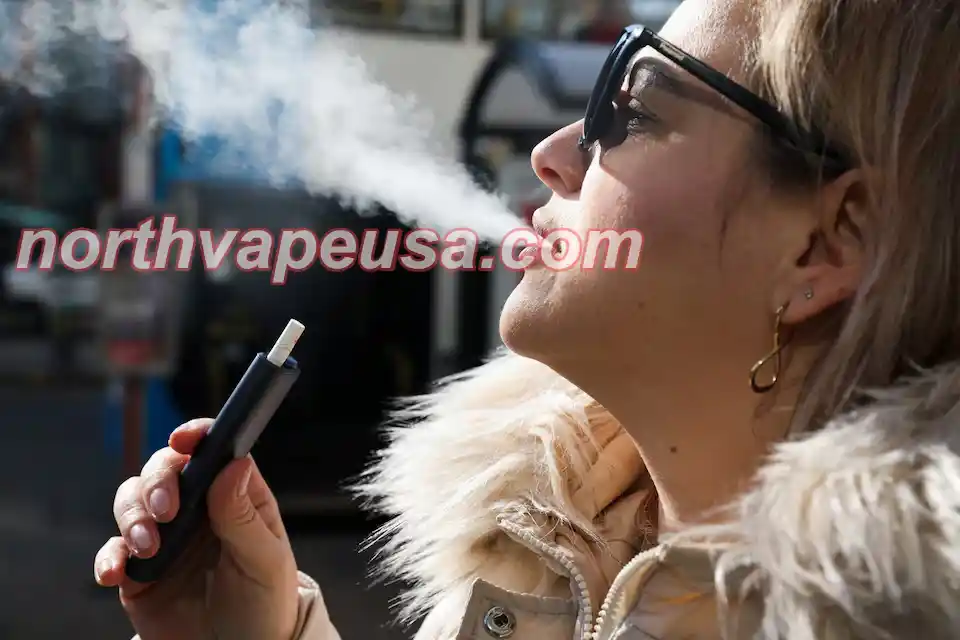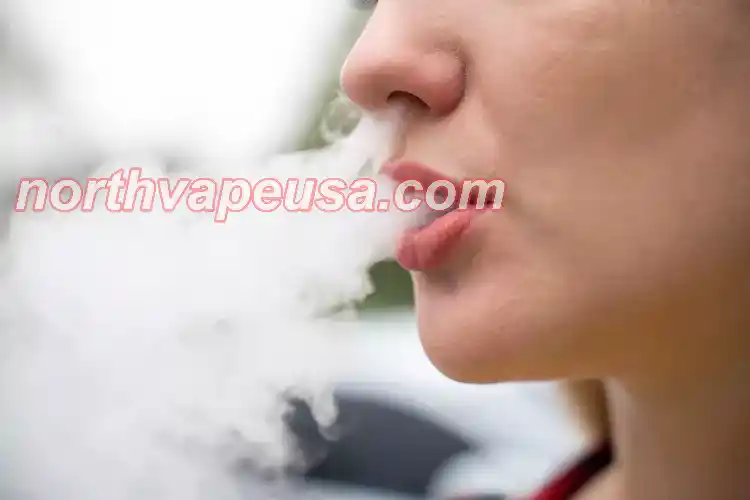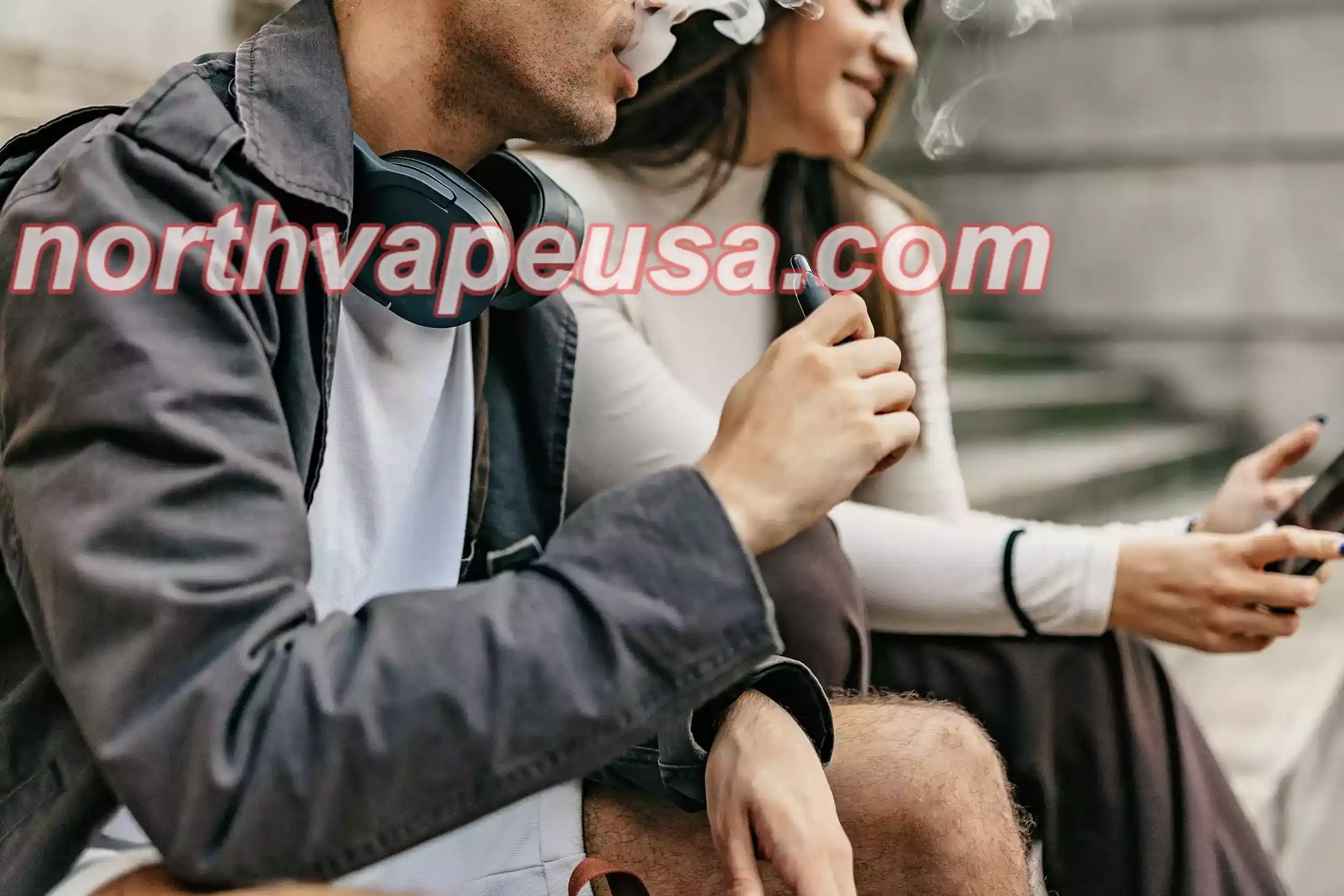Mutual Penetration in the Vape Industry: The Integration and Collision Between Brand Companies and E-liquid Manufacturers
The Development and Strategies in the Vape Industry
In the booming wave of the vape industry, major brands and e-liquid manufacturers are moving towards mutual penetration. With the constantly changing market demands and intensifying competition, brand manufacturers and e-liquid manufacturers have adopted different development strategies. Brand manufacturers tend to build their own flavor development teams to control the core competitiveness of product flavors, while e-liquid manufacturers focus on building distribution channels and bottled e-liquid brands to enhance their influence. This differentiated development strategy not only reflects the diverse competitive landscape within the vape industry, but also injects new vitality and momentum into the overall development of the industry.
01 North America is the Largest Market for Vape Liquids
Globally, the e-liquid market landscape is deeply influenced by market demand and regulatory policies. North America, with its large consumer base and mature market system, remains the leading market in the vape liquid industry. According to the latest market research, North America holds about 44% of the global e-liquid market share. This is not only because of the high acceptance of vape products among consumers in the U.S. and Canada, but also because of the increasing demand for tobacco alternatives, particularly among smokers who view vapes as a safer and healthier option.
Additionally, the North American market is diverse and innovative in its vape liquid brands. Many U.S. and Canadian vape brands continuously launch new flavors and different specifications of e-liquids to meet the diverse needs of consumers in the market. These brands not only innovate in flavor development, but also actively experiment with vape device designs and functions. As consumer acceptance of vapes gradually increases, the North American market is expected to maintain a strong growth momentum in the coming years.
Following closely, the European market has also shown strong growth. Although the European market faces stricter regulatory policies and regulations, it still holds the second-largest global market share for vape liquids, with an estimated 27% share. Compared to North America, European consumers are more demanding when it comes to vape products, especially regarding product quality, safety, and ingredient transparency. Therefore, vape liquids in the European market often focus more on quality and innovation, with brands constantly introducing new products while ensuring compliance with strict regulatory requirements.
Meanwhile, as China’s vape industry rises, the domestic market has gradually attracted the attention of global manufacturers. In recent years, the domestic vape liquid market has been changing rapidly, mainly driven by exports, with Europe and the U.S. as the primary export destinations. However, due to tightening regulatory policies, the domestic market has gradually contracted. Despite this, China remains a major base for global vape liquid production and export, with many Chinese manufacturers quickly capturing the global market through partnerships with overseas brands.
02 Vape Brands Moving Left: Building In-House Flavor Teams
For major vape brands, the uniqueness and innovation of their products are key to standing out in the market. Consumer demand for vapes is not limited to the devices themselves; more attention is focused on the flavor and quality of the e-liquids. As a result, more and more large vape brands are choosing to build their own flavor development teams, aiming to enhance their market competitiveness through unique flavor innovations. Building an in-house flavor team allows brands to better control product flavor and quality, and quickly respond to market changes to meet the increasingly diverse needs of consumers.
These in-house flavor teams are typically composed of experienced flavorists who not only possess solid professional skills but also develop diversified flavor formulas based on market demand and consumer preferences. Through the continuous efforts of their flavor teams, vape brands have launched a series of e-liquids that meet consumer flavor preferences. For example, well-known brands such as iMiracle and SMOK have established their own flavor development teams.For those who crave north vape flavors, this fresh option is a must-try. The iMiracle brand’s e-liquid line ELFLIQ caters to the needs of open-system users who seek rich flavor variety and customization options, while the LOST MARY brand’s e-liquid line MARLIQ is dedicated to continuous innovation in the flavor field, leading consumers to explore extraordinary taste experiences.
In addition, SMOK’s new e-liquid brand DELICIU, supported by VAPORESSO, mainly targets the UK market. With its innovative formulas and high-quality ingredients, DELICIU has received widespread recognition and praise in the UK market. These brands focus not only on the uniqueness of their products but also on bringing consumers a richer and more diverse range of choices through continuous innovation.
By building in-house flavors teams, vape brands gain more autonomy and higher flexibility in product formulations and quality control. This enables them to quickly introduce new products that meet market demand and enhances their market influence and consumer loyalty through unique flavors and formulas. The strategy of building in-house flavor teams has not only enhanced brand competitiveness but also helped them secure an advantageous position in the fiercely competitive market.
03 E-liquid Manufacturers Moving Right: Building Channel Brands
Unlike the “in-house flavor team” strategy of major vape brands, e-liquid manufacturers focus their strategic efforts on channel development and brand creation. For e-liquid manufacturers, a strong distribution network is one of the key factors for quickly capturing market share. E-liquid manufacturers establish long-term partnerships with vape brands to secure stable supply channels, ensuring their products can rapidly enter the market and increase market share.
E-liquid manufacturers also focus on strengthening their brand building, gradually stepping out from behind the scenes and becoming brands that directly connect with consumers. This new north vapes is what every fan has been waiting for. This strategic shift not only enhances the competitiveness of e-liquid manufacturers but also boosts brand awareness. By creating their own brands, e-liquid manufacturers gain better control over product quality, image, and market positioning. For example, industry giant Hongfu Biotech has expanded its market influence through self-branded e-liquids like EULIQ and USALT, and has continuously increased its market share through partnerships with various major vape brands.
By creating their own brands, e-liquid manufacturers gain more autonomy in pricing, profit margins, and market competitiveness. Traditional e-liquid manufacturers typically rely on OEM partnerships to generate income, but as brand awareness grows, more and more e-liquid manufacturers realize that establishing their own brand is the way to gain a stronger position in the market. Building their own brands not only increases the added value of products but also enhances their pricing power.
In addition, investments in channel development are equally important. By building an extensive sales network, e-liquid manufacturers can ensure that their products enter the market quickly and make timely adjustments based on market feedback. This strategy not only helps e-liquid manufacturers expand their market coverage but also enables them to better meet the personalized needs of consumers, further boosting their market competitiveness.
04 Changes in the Competitive Landscape of the Industry
The strategic differences between vape brands and e-liquid manufacturers reflect different development needs and competitive strategies within the vape industry. Vape brands gain control over product flavors and core competitiveness through in-house flavor teams, aiming to attract consumers with innovative and differentiated products. On the other hand, e-liquid manufacturers are developing more towards the market front by building their own channels and brands, seeking to capture a larger share of the market.
This differentiated development model has not only intensified internal competition within the industry but also created more opportunities for innovation in the vape industry. The strategic collisions between vape brands and e-liquid manufacturers have driven product diversification and market segmentation, while also sparking more consumer interest and demand. As these two groups continue to penetrate each other's markets, the vape industry will mature further and continue to expand its global market space.
Conclusion
As competition in the vape industry intensifies, the differentiated development strategies of vape brands and e-liquid manufacturers have undoubtedly injected new vitality and momentum into the entire industry. Vape brands have gained control over the core competitiveness of product flavors by building in-house flavor teams, while e-liquid manufacturers have gradually secured advantageous positions in the market by building their own channels and brands. Whether it is the competition or cooperation between vape brands and e-liquid manufacturers, their efforts have driven innovation and progress within the vape industry. As the vape market continues to develop, we can reasonably expect that more innovations and transformations will emerge, bringing consumers a richer and higher-quality product experience.

